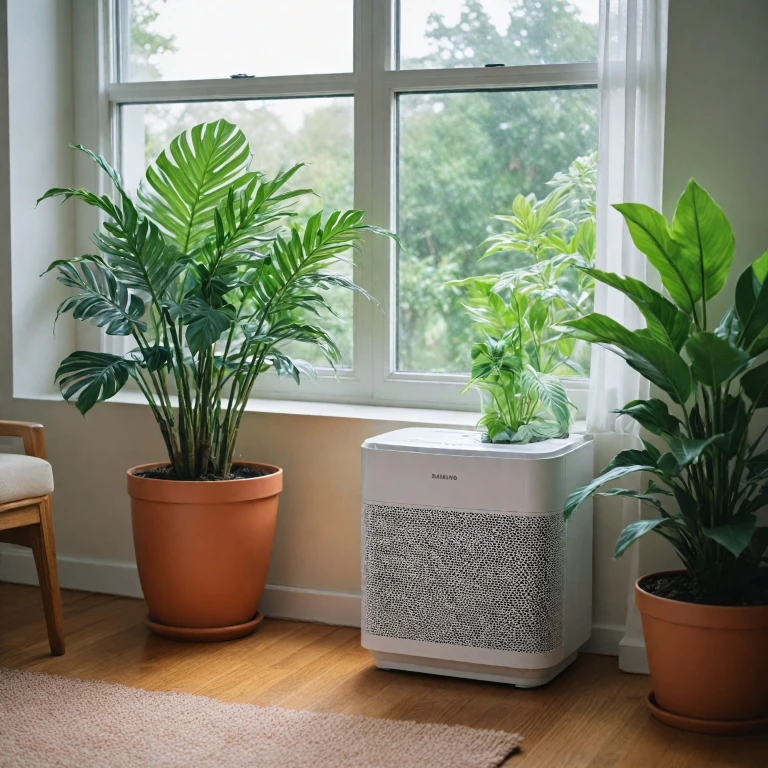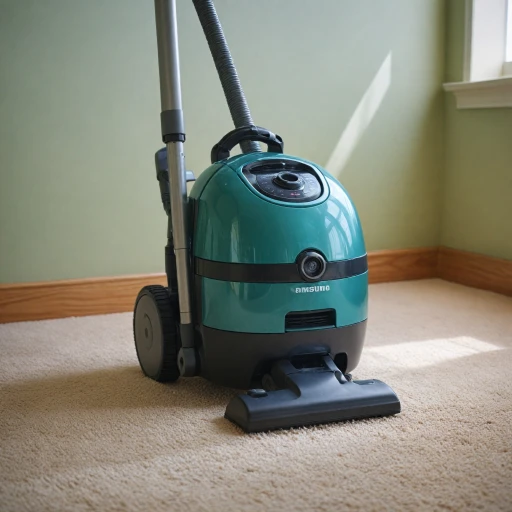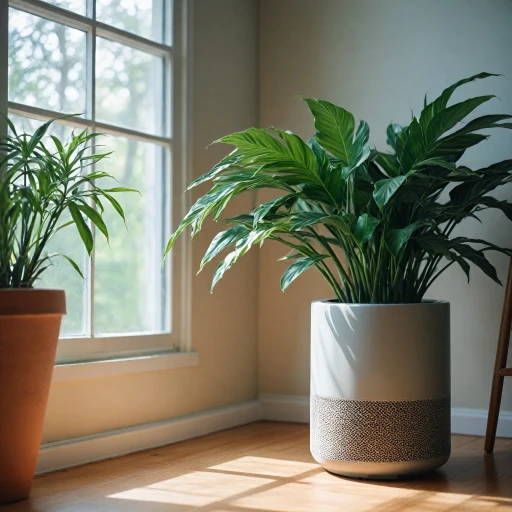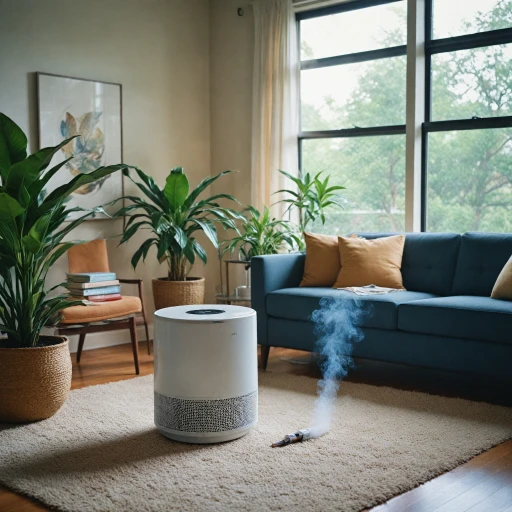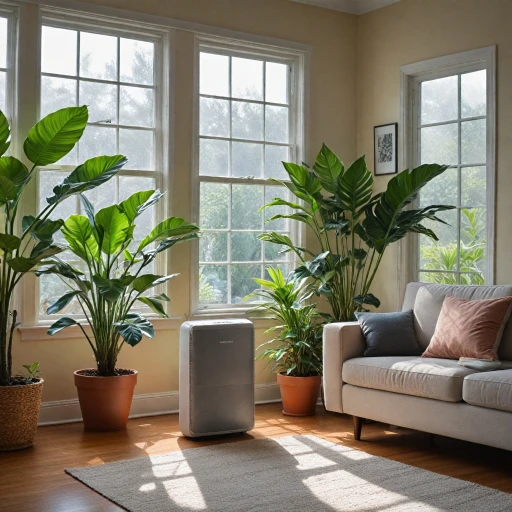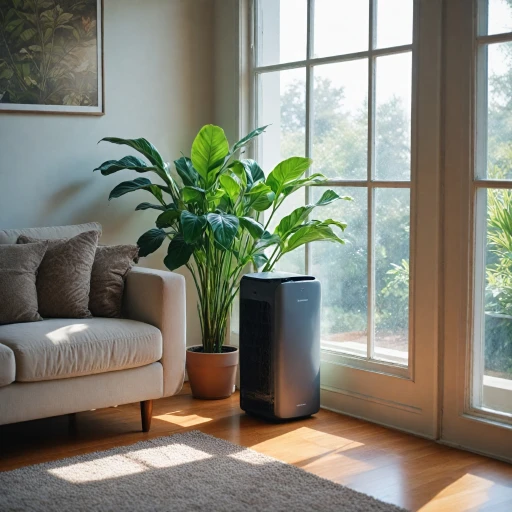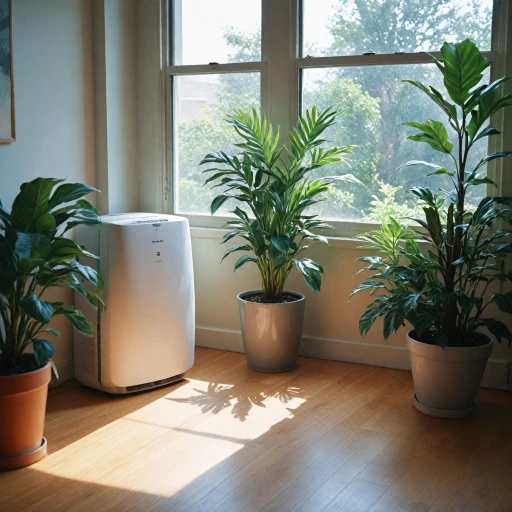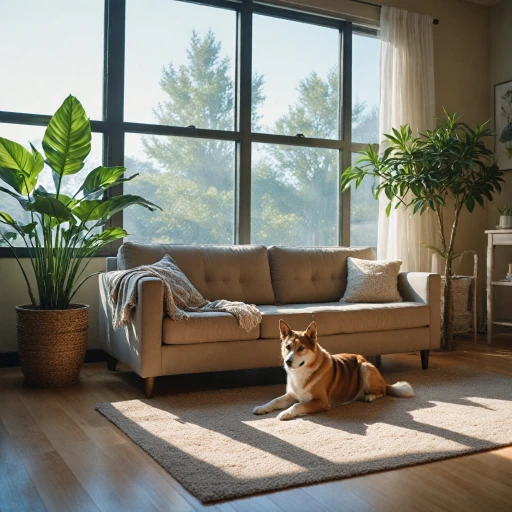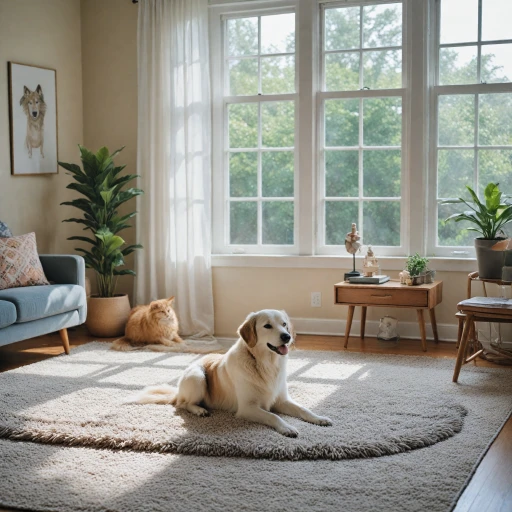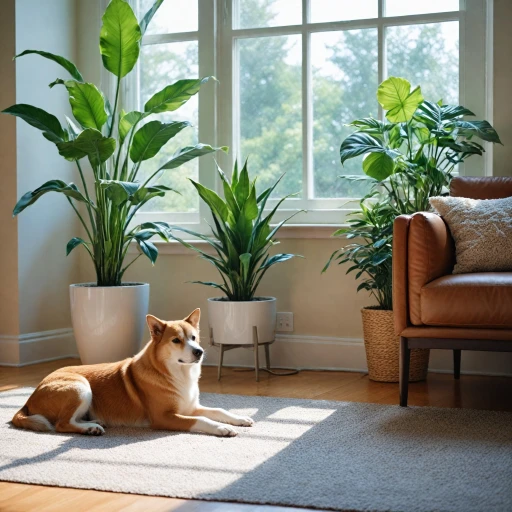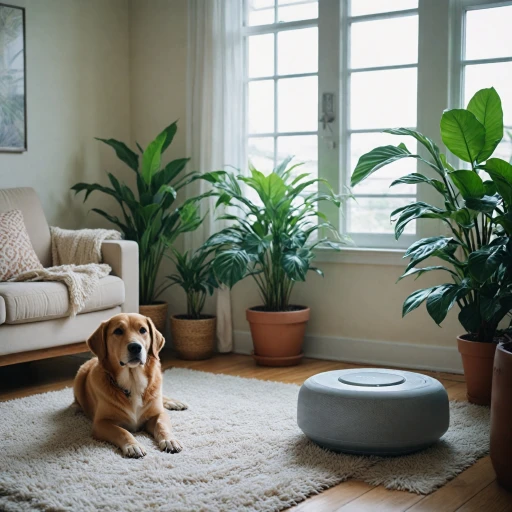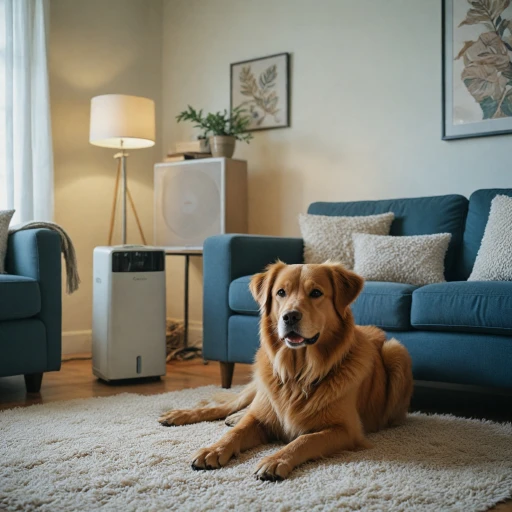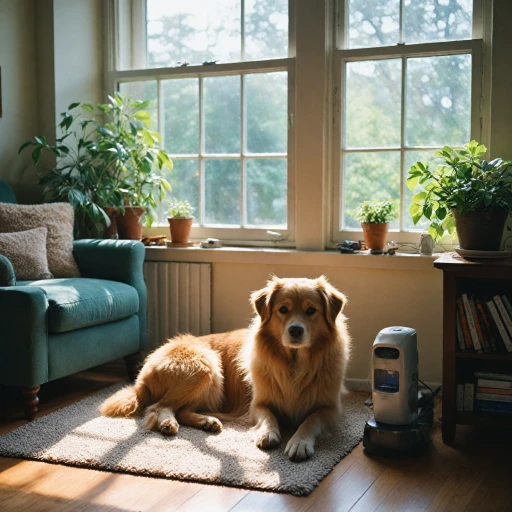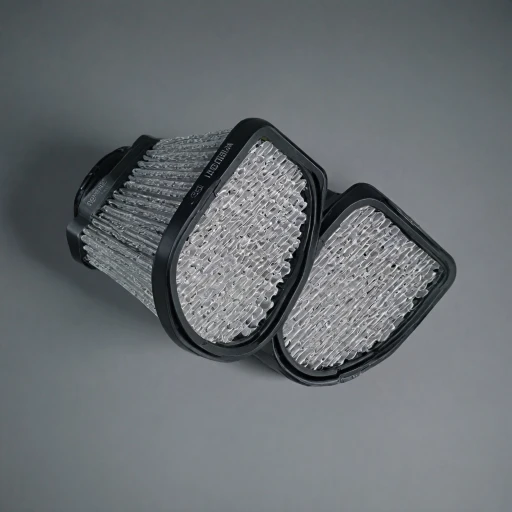
Understanding Cat Allergies
Understanding the Cause Behind Your Allergic Reactions
When it comes to pet allergies, particularly from cats, many individuals experience a heightened sensitivity due to a specific protein found in cat dander, saliva, or even urine. This protein, known as Fel d 1, can easily become airborne, leading to allergic reactions ranging from mild to severe. Common symptoms include sneezing, itching, and even respiratory issues if exposed for prolonged periods. It's crucial to understand that these allergens can attach themselves to various surfaces in your home, including furniture and clothing. As a result, even the cleanest homes can harbor a significant amount of these irritants. This widespread distribution is why choosing an effective means of capturing and reducing these allergens is essential. Choosing an air purifier that specifically targets these microscopic particles is a practical first step. Many models are designed with features that attempt to capture dust, pollen, and pet dander, which can help improve indoor air quality. While evaluating your options, consider purifiers with a HEPA filter as they are a standard choice for allergen removal and have received praise from various reviews. By focusing on air purifiers designed to mitigate pet allergies, you can significantly reduce your exposure to these disruptive allergens. For those seeking detailed guidance on choosing an air purifier specifically sized for their home, such as a 500 sq ft area, you may find more information in this comprehensive guide.How Air Purifiers Work
The Mechanics of Air Purification
Air purifiers are invaluable allies in the quest to improve air quality within your home, especially for those with cat allergies. Their primary function is to remove a variety of airborne pollutants, which include pet dander, dust pollen, and pet hair. These can aggravate allergies and impact your overall well-being.
Air purifiers typically utilize a combination of different technologies to effectively cleanse the air:
- HEPA Filters: Certified HEPA filters are considered the standard. They capture over 99% of particles as small as 0.3 microns, including most allergens and pet dander.
- Activated Carbon Filters: These are key for eliminating odors and gases. They work by trapping molecules in a large pore structure.
- Pre-Filters: Often washable, these are used to capture larger particles such as pet hair before they reach the main filter.
- Advanced Technology: Some air purifiers include UV light or ionizers, although their effectiveness varies.
When choosing an air purifier for allergy relief, it's crucial to consider models that boast a true HEPA filter, which ensures a high level of air purification. Many brands such as Rabbit Air and Levoit feature multiple options with comprehensive filter systems.
Efficiency can also depend on the room size and particularly large spaces may require more potent models for optimal performance. To help assess their performance, examining reviews and certifications from friendly certification bodies can provide insights into product quality and reliability.
For more in-depth understanding, including the need to combat mold, which can exacerbate allergies, explore our guidance on choosing the right air filter.
Key Features to Look for in an Air Purifier
Must-Have Features for Performance
When selecting an air purifier to tackle cat allergies, understanding the essential features that enhance their effectiveness is crucial. Purchasing a device equipped with the right specifications can make a significant difference in alleviating symptoms associated with pet dander and hair. Here's what to consider:
- HEPA Filter: The central component of any efficient air purification system is the HEPA filter. A True HEPA filter can capture particles as small as 0.3 microns, making it ideal for trapping pet dander, dust, and pollen.
- Activated Carbon Filter: This is another pivotal element as it eliminates odors and volatile organic compounds (VOCs) that can exacerbate allergic reactions. Look for purifiers with activated carbon filters to tackle unwanted smells from pets.
- Washable Pre-Filter: This first line of defense captures larger particles like pet hair and extends the lifespan of the primary filters. It's a cost-effective choice as it reduces the need for frequent filter replacements.
- Air Quality Indicator: Many models now come with sensors that provide real-time feedback on the air quality in your home, adjusting the purifier's performance automatically as needed.
- Quiet Operation: If you're sensitive to noise or plan to use the purifier in a bedroom, consider models with a ‘quiet’ or ‘silent’ mode for peaceful operation.
- Energy Efficiency: Energy-efficient models reduce electricity costs over time and are often marked by energy rating certifications.
- Size Compatibility: Consider the size of the room where you'll use the purifier. Models are available for various room sizes, so ensure the selected purifier can handle your space's square footage.
- Trusted Reviews: Opt for models that have been reviewed positively on platforms like Amazon or by reputable review sites. For instance, Rabbit Air and Levoit air purifiers often receive strong endorsements.
Taking note of these features not only enhances allergy relief but also improves your home's overall air quality. For further guidance on selecting the best air purifier for pet owners, visit Air Purifier Guru for comprehensive insights.
Comparing Popular Air Purifier Models
Exploring Popular Air Purifiers for Cat Allergy Relief
When it comes to air purifiers designed to tackle cat allergies, there's a wide range of choices on the market. But how do you discern which model is the best fit for your needs? Here's a look at some popular air purifiers, highlighting their strengths and weaknesses, helping you make a well-informed decision.- True HEPA Filters: These filters are crucial in capturing pet dander, dust pollen, and even smaller particles from the air. Look for products labeled with 'true HEPA' or those certified by a trustworthy certification body to ensure they meet high air quality standards.
- Activated Carbon Filters: Often paired with HEPA filters, activated carbon targets odors and volatile organic compounds (VOCs), making them essential for homes with pets.
- Pre-Filters: Washable pre-filters can help extend the life of the HEPA filter by catching larger particles, such as pet hair, before they reach the main filter.
- Levoit Air Purifiers: Known for their cost-effective price point on platforms like Amazon, Levoit units often come with multiple filters including both HEPA and activated carbon. They are considered among the best air cleaners for maintaining high air quality.
- Rabbit Air Purifiers: While positioned at a higher price bracket, Rabbit Air purifiers are praised in reviews for their comprehensive multi-stage filtration, making them a premium choice for allergy sufferers.
- Room Coverage: Ensure the purifier is capable of covering a large enough area to be effective for your home size.
- Noise Levels: Check reviews for user insights on noise levels, especially if you need a quiet unit for the bedroom.
- Maintenance Costs: Consider the ongoing cost of replacement filters, as a cost-effective filter is only beneficial if it remains budget-friendly in the long run.
Tips for Maximizing Air Purifier Efficiency
Enhancing the Efficiency of Your Air Purifier
To ensure you are reaping the maximum benefits from your air purifier, especially in managing cat allergies, there are several strategies to consider:
- Choose the Right Placement: Position your air purifier in the room where you and your cat spend the most time. Make sure it’s not blocked by furniture or walls for optimal air circulation.
- Regular Maintenance: Regularly clean and replace filters according to the manufacturer's guidelines. Models with washable pre-filters or true HEPA filters are an excellent choice for those committed to maintenance. Doing so will help capture pet hair, dust pollen, and pet dander more efficiently, ensuring your indoor air quality remains high.
- Optimize Airflow: Use the purifier in its maximum airflow settings, particularly if you have a large space or multiple pets. This will expedite the purification process, reducing allergens more rapidly.
- Monitor Air Quality: Some purifiers are equipped with air quality indicators. Although not essential, they offer credit for convenience in telling you when air quality standards dip and when to crank up the purifiers.
- Leverage Features: Utilize specific features your air purifier might have, like settings for pet owners, or enhanced filters such as activated carbon filters which add another layer of filtration against odors and volatile organic compounds.
- Consider Certified Products: Look for air purifiers with friendly certification bodies as these products are tested for their efficacy in dealing with allergens. This can reassure you of their performance and efficiency.
By adhering to these strategies, your air cleaner can operate at its best, ensuring relief from environmental triggers related to pet dander and other allergens.
Additional Strategies for Managing Cat Allergies
Adopting a Comprehensive Approach to Alleviate Cat Allergy Symptoms
While investing in the best air purifier for pet allergies can significantly contribute to improved air quality, it's essential to combine your purifier efforts with additional strategies to manage cat allergies effectively. Here’s a list of actions you can incorporate along with your air purifier to create a more comprehensive approach:
- Regular Cleaning: Keep your home clean to reduce pet dander, pet hair, and other allergens like dust pollen. Regular vacuuming with a vacuum that includes a HEPA filter can help in this regard.
- Create Cat-Free Zones: Designate areas in your home where cats are not allowed, especially bedrooms, to reduce the level of allergens.
- Washable Pre-Filters: If your air purifier includes a washable pre-filter, clean it regularly to maintain efficiency in trapping larger particles such as pet hair.
- Hepa Air Filters: Ensure that your air purifier uses a true HEPA filter as this meets the standard certification for capturing 99.97% of small airborne particles.
- Consider Air Cleaner Products: Besides air purifiers, explore other air cleaning products. Some provide additional features like activated carbon filters which are effective in removing odors.
By taking these extra steps, you can work towards creating an indoor environment with significantly better air quality, making life with your pets more enjoyable.
